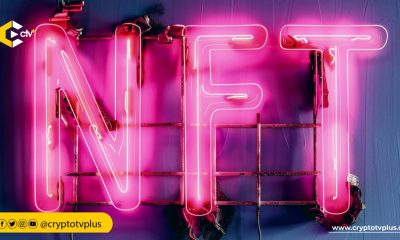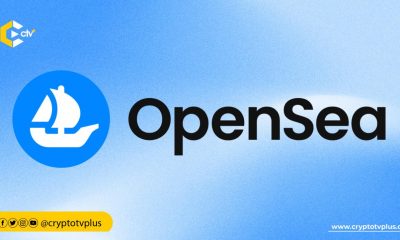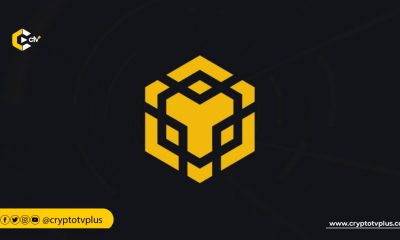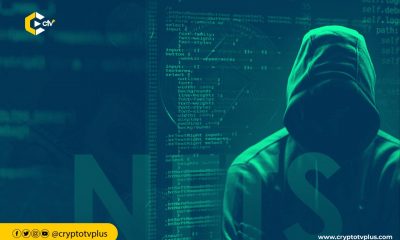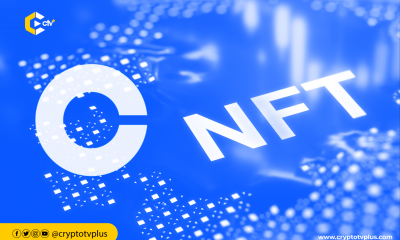Education
60 terms used in the NFT industry
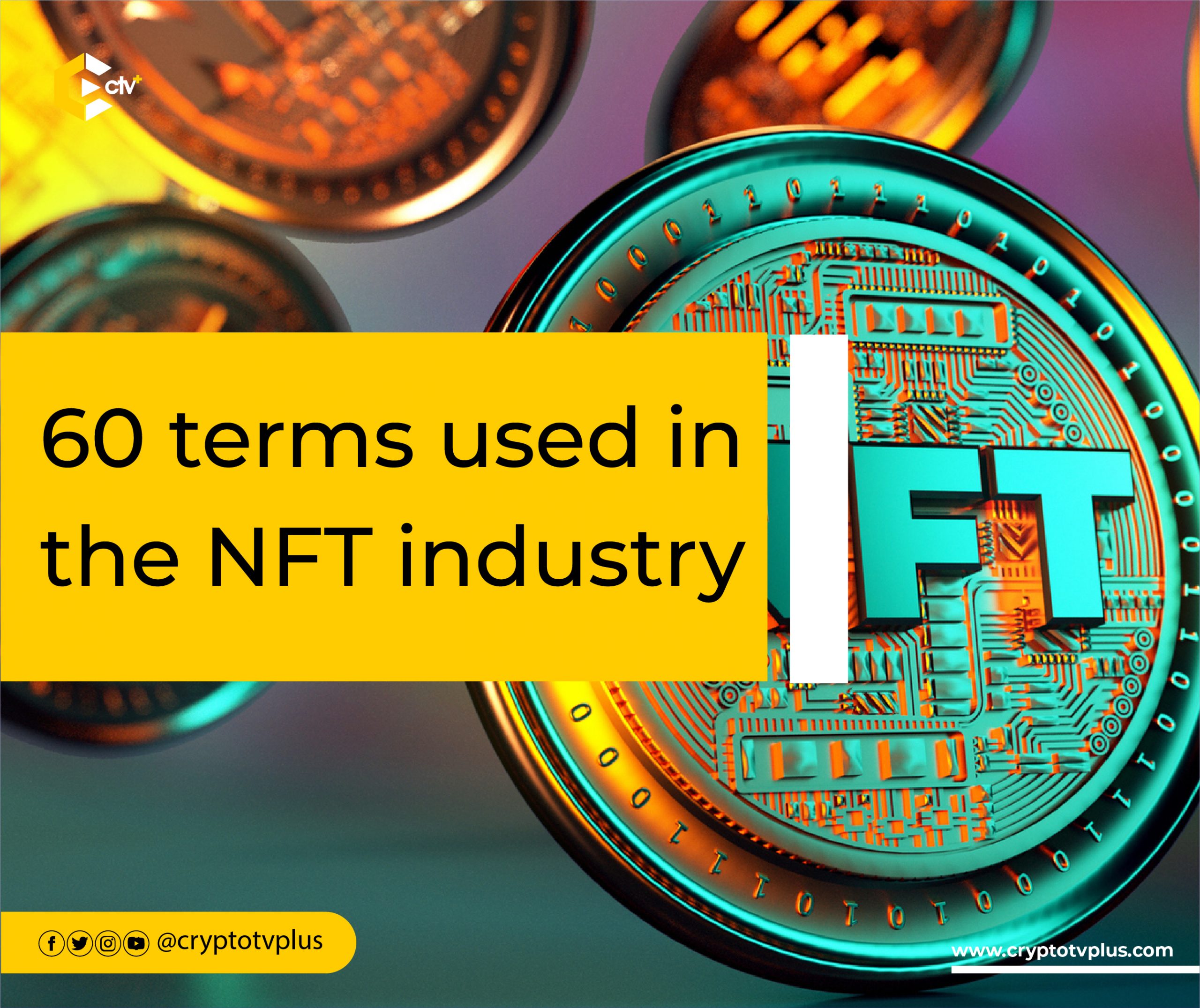
NFT (Non Fungible token) are digital irreplaceable tokens on a blockchain, and they can be represented as pictures, documents, videos, and more. NFTs are a major part of the blockchain ecosystem. For the past few years, the industry has seen many innovations such as NFT marketplace, NFT fractionalization, NFT sniping, and more.
These innovations have come with new terminologies that describe how fast the space is changing. To better understand the industry, users need to know some of these terms – old and new. Here is a list of 60 terms used in the NFT industry:
- 1:1 (pronounced “one of one”): describes an NFT that is unique and stands alone. It is not like other NFTs that are part of a collection. “Everydays – The First 5000 Days” by Beeple is a 1:1 NFT, while the 1989 Sisters collection is made up several unique NFTs.
- 10k project: describes a collection of 10,000 NFTs. Sometimes, the world is used to refer to collections that have almost 10k NFTs in the collection, for instance a collection with 9950 NFTs.
- Ape in: Ape in happens when a person invests into a new NFT project without conducting due diligence due to FOMO (fear of missing out).
- Airdrops: are NFTs given by NFT creators to create more interest in a project or reward / incentivise community members.
- Alpha: is a secret or insider information about an NFT project.
- Bag: It’s used to denote a user’s wallet.
- Burst: signifies a popular NFT project that is common amongst collectors.
- Bridge: is used to move NFTs from one blockchain to another by the holder.
- Blue chip: NFTs are NFTs that are considered so valuable and with so many utilities. An example is Bored Ape Yacht Club
- Burning: means to make an NFT useless by sending it to an unspendable or inaccessible address. The process cannot be reversed.
- Community Designated Seller (CDS): is a person that creates a private address to help people sell their NFTs.
- Crowdsale: occurs when a public offering is initiated to allow anyone to invest in a new NFT project.
- Delist: means to remove an NFT from the marketplace (like an exchange).
- DYOR: stands for Do Your Own Research, which implies that those who want to participate in any NFT project should take decisions based on their personal research.
- DAPPS: means Decentralized Application, which is an application built on a decentralized network like the blockchain.
- DEGEN: is a style of investing that involves a lot of speculation and little research. It is also used to describe a person that is involved in such activities.
- Diamond Hands: shows that an NFT holder is keen on holding an NFT for as long as it will take to make profits. It is the opposite of Paper Hand.
- Discord: is a social media platform that is dedicated to developing communities around games and NFTs.
- ERC-721 (Ethereum Request for Comment 721): is a standard that allows creators to build NFTs on the EVM (Ethereum Virtual Machine). It outlines a set of rules used while creating NFTs.
- Ether: is the native token on the Ethereum network. Transaction fees for transacting NFTs built on Ethereum blockchain are paid in Ether.
- Etherscan: is an Ethereum blockchain explorer that shows transactions, blocks, wallet addresses, smart contracts, and more about assets on the Ethereum blockchain, including NFTs.
- FOMO (Fear Of Missing Out): happens when users think they will lose if they don’t invest in an NFT.
- FUD (Fear, Uncertainty and Doubt): is created when certain people spread negative news about a crypto project like an NFT.
- Fudder: is someone who spreads FUD.
- Farming: occurs when a holder stakes an NFT to get rewarded.
- Flipping: follows the process of buying an NFT at a lower price to quickly sell it at a higher price for profit.
- Floor price: is the lowest current market price of an NFT project or the price of the cheapest NFT in a collection.
- Free to mint NFTs: These are NFTs that can be minted without cost or with gas fees alone.
- Fractional NFTs: are NFTs that are broken down or splits into multiple parts allowing for multiple people to own a piece of the NFT. An example is The Doge NFT. Fractioal NFTs are also called F-NFTs.
- Fractional ownership: is a form of ownership initiated for fractional NFTs. Here, a holder owns part of the NFT and not the whole.
- Gas war: A gas war is happens the demand to mint an NFT or a particular NFT collection exceeds the processes capacity of the network. Thus, people begin to place higher bids as gas fees to incentivize validators to accept their transaction while delaying that of those with lower bids.
- Gas or gas fee: A fee paid for transactions on the blockchain. It’s usually paid to validators for their services.
- Generative art: is a computer autogenerated art based on preprogrammed building blocks resulting in multiple and distinct NFTs randomly generated.
- Genesis NFT: A user’s first minted NFT.
- Hodl: It’s a misspelling of HOLD. It means to hold an NFT despite market situations. Some believe it is an acronym of Hold On for Dear Life.
- Interplanetary File System (IPFS): is a peer-to-peer file-sharing as opposed to the HTTP system of the web. In the latter, information is stored in a centralized location, while in the former, this is done in a P2P network.
- Metadata: is described as information about a particular data. NFTs have metadata associated with each, which can include the file size, length of the video and more.
- Metaverse: is a virtual 3D world where users can interact with each other using NFTs in the form of digital avatars.
- Minting: A process of creating NFTs by converting digital files into assets stored in a blockchain.
- Minting interval: illustrates how often new tokens like NFTs can be minted into a blockchain.
- NFA: means Non-Financial Advice. It is used as a disclaimer in the crypto industry. When used, it shows that people who take action based on a specific information shared are responsible for the results.
- NGMI: it is an acronym for Not Going to Make It. It is used when an individual makes bad decisions about investing in a crypto project like NFTs.
- Paper hands: is an individual who buys an NFT but sells it quickly due to fear of losing out.
- PFP: stands for Picture for Profile. PFPs are NFTs that are always used as profile pictures on platforms like Twitter, Instagram as well as other social media platforms. An example is Cryptopunk NFTs.
- Peer-to-peer (P2P): means sharing or selling between two parties without the need for intermediaries. This is one of the advantages of using blockchain where no middle or centralised entity is needed to carry out transactions.
- Private key: This is a secret code that grants access to digital assets like NFTs. Anyone with private keys automatically has access to an NFT.
- Public key: This is the opposite of a private key. A public key allow users to receive cryptocurrencies (NFT) from others. In comparison with a typical traditional banking system, public key is the “account number” while private key is the password or signature to access the money in the account.
- Raids: are strategies NFT project teams use to promote their project on social media platforms.
- Reveal: occurs when the true features of an NFT are shown after minting. It can last 24 hours or seven days as long as the team plans it.
- Royalties: are rewards NFT creators through receive upon resale of their NFTs. The percentage of royalties vary from collections to collections. Although, not all NFTs returns royalties and not all marketplaces support it.
- Rug pull: This occurs when a team starts a project but abandons it after gaining huge attention in terms of buyers. At the end, the project becomes useless as the owners either run away with liquidity or sell off the NFTs without prior notice to the community.
- Secondary markets: are marketplaces where users buy and sell NFTs. Examples include OpenSea, Rarible, and Nifty Gateway.
- Shilling: This happens when a holder of an NFT urges others to buy their NFTs at a price higher than it was bought. For instance, the owner of a 0.5 ETH NFT can persuade others to buy it at 0.7 ETH.
- Sniping: in the NFT world is a process of searching for NFTs listed at a very low price so they can be bought and resold at higher prices.
- Sweeping the floor: In the NFT sphere, this has two meanings. It is either buying all NFTs in a collection at the floor price of buying or buying all available NFTs in a collection.
- Traits: are features which make an NFT unique. These can include hats, eyewear, and background colors.
- Utility-focused NFTs: are collectibles with real-life value. For example, holders of the VeeFriends NFTs have access to the VeeCon events.
- Whitelist: is a list of users guaranteed early access to mint an upcoming NFT.
- Whale: is a user with a huge amount of an NFT in their possession.
- WAGMI: stands for We All Gonna Make It. It is a hope-building chant that there will be a time when all investments will pay off.
There will still be more terms coming up as the industry shows a huge potential for innovations.
Real also;
Five Ways To Make Money From NFTs
What do you think of this article? Share your comments below.



